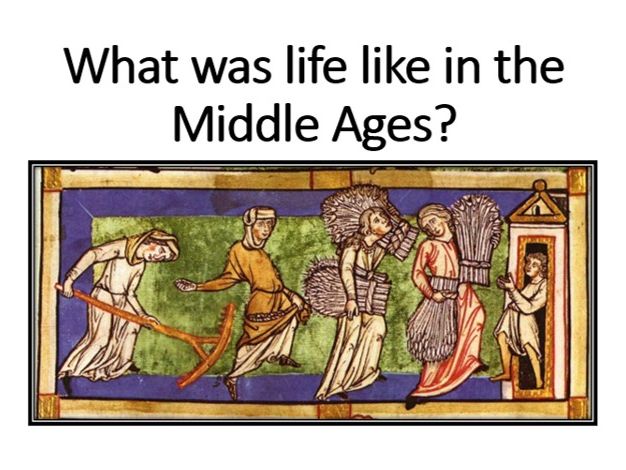Katherinelroe's Shop
Having taught History across KS3, 4 and 5 for seventeen years within state education, I have built up quite an extensive set of resources! I’ve spent several years working as a head of department and also spent a year working as a university subject tutor for Schools Direct. I’m currently out of the classroom and supporting my own children through their secondary experience and keeping relevant by becoming an Edexcel examination marker this summer. Planning for fun and hopefully your benefit.








